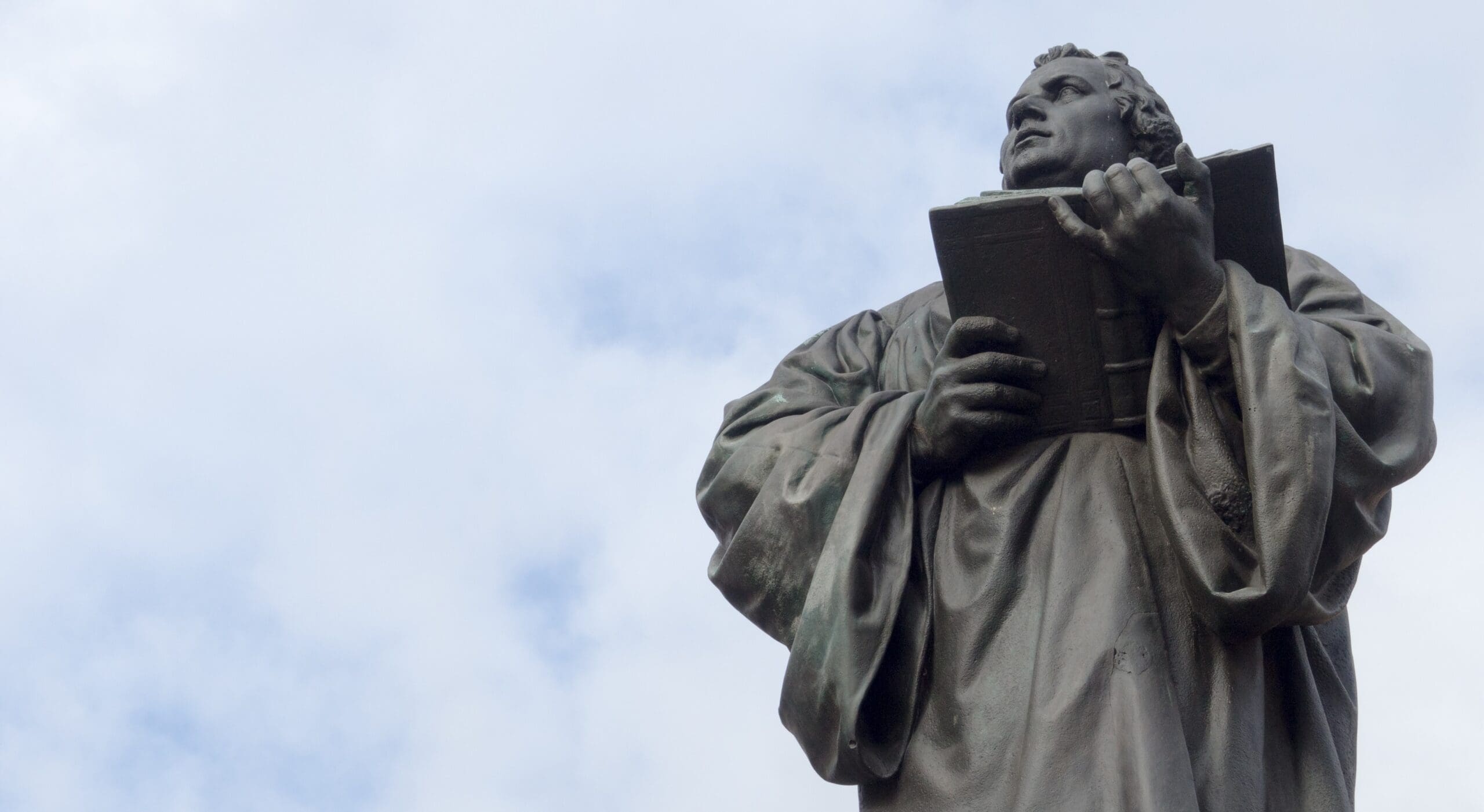The earliest indication of a Messianic hope provided in the Bible comes from Genesis 3:15, which speaks of a clash between good and evil. This clash culminates in the destruction of the Serpent by a future Messianic figure. Because of this, Gen. 3:15 is called the protevangelium, i.e., the First Gospel of the Bible. This Messianic vision, which anticipates a specific offspring (singular), often distracts readers from the promise of enmity being placed between the offspring (plural) of the Serpent and the Woman. And this often-overlooked detail is essential because it provides a paradigm for interpreting the genealogies and accounts following Genesis 3, especially when one considers the question: who are the Serpent’s offspring?
Any attempt to answer this question via physical progeny fails to recognize the Biblical author’s paradigm in mind is not physical but spiritual. Those who follow after God and are obedient to his word are the spiritual descendants of the Woman; whereas, those who are disobedient and are in rebellion against God are considered to be like spiritual serpents, reflecting the spiritual image of their father. After Adam and Eve were exiled from the garden, they conceived and had two sons: Cain and Abel. It is unnecessary to recount this story since it is frequently taught; however, it is necessary to state that Cain’s murder of Abel distinguishes his genealogy from that of Seth’s. As the narrative progresses, Adam and Eve have another son, to which Eve exclaimed, “God has appointed for me another offspring [HB: zera] instead of Abel for Cain killed him [Gen. 4:25].” The Great Reformer, Martin Luther, believed that the use of offspring by Eve reveals anticipation by both Adam and Eve of a future offspring who would bring them back from exile to the garden of promise. And through the repetition of offspring in Genesis (69 Times Total), the reader can’t help but recollect the Messianic promise of Genesis 3:15.
Textually, the genealogies and accounts recorded in Genesis 4-6:1-8 read parallel and are contrasted with one another. For reference, please consult the Chart provided below:
Serpent’s Offspring: Woman’s Offspring:
Gen. 4:17-24 Cain’s Descendants Gen. 5:1-32 Seth’s Descendants
Gen. 6:1-8: Heavenly Rebellion Gen. 6:9-9:38 Noah & The Flood
At first glance, it is clear that the passages relating to the Woman’s Offspring are longer, albeit providing less personal details. The genealogies and accounts associated with Cain focus on each generation’s accomplishments and actions. Cain’s descendants are polygamists [Gen. 4:19], musicians [Gen. 4:21], forgers of weapons [Gen. 4:22], and as the Song of Lamech suggests [Gen. 4:23-24], they were also murderers. In Genesis 6, the Sons of God produce offspring with the daughters of men, corrupting human offspring while also providing a means of circumventing death. These details and characteristics were generally associated with Kings in the Ancient Near Eastern cultures, who were said to be divine and were conferred special knowledge from the gods to rule.
In contrast, the accounts of Seth and Noah provide few details concerning their lives. Whenever an excursus is provided, it highlights a unique relationship between God and a person (Enoch) or a promise of a particular offspring (Lamech). And in those two instances, the minimal details highlight a figure’s role as a prophet and/or priest, a familiar identifying role of the Patriarchs, as well as the collective identities of both Israel and the Church. Perhaps the most apparent difference between the Genealogies of Cain and Seth are the unusually long lifespans of Seth’s descendants. It is a common misconception that the plain reading of Genesis instructs modern readers that all humans lived an inordinate amount of time. It is possible that all humans lived for longer periods of time; however, the omission of any lifespans from specific genealogies casts suspicion upon any such interpretation. Indeed, the presence of longevity exclusively in Seth’s genealogy, and later in Shem’s genealogy, would have stood out to the original audience. In the ancient context of Genesis, the longevity of individual functions as a symbol of divine blessing. Because Seth’s descendants obey God, they were afforded longevity, whereas Cain’s descendants continued in disobedience.
Despite the anticipation of an offspring, with each generation of Genesis, it becomes evident that none of the offspring is the offspring of promise. And that reality is what remains most telling within the prediluvian narratives. Even after the flood, the saga of Noah and his sons emphasizes the depravity of humans and their inability to resolve the issue of sin. And so, the promise of Genesis, and the conflict between the offspring of the Serpent and the Woman, details a cosmic struggle between good and evil, only resolved in the incarnation of the Son, the one and only offspring who could bring humanity back from exile to the New Creation.
Suggested Readings:
Heiser, Michael. Unseen Realm. Bellingham: Lexham Press, 2015.
Wenham, Gordon. Genesis Vol. I. World Biblical Commentary. Grand Rapids: Zondervan Publishing, 1987.







